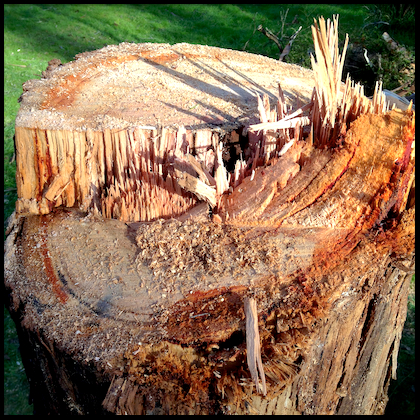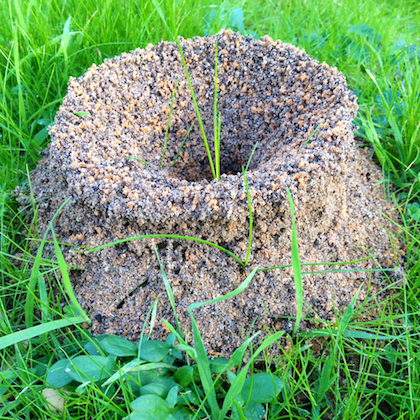Post #12 – where consideration is given to transitions
Semester 1 & Trimester 1 are coming to an end and we’re busy getting ready for the next teaching periods. There’s really no let up as staff finish teaching this week, then there’s marking to do. Then there’s a week between that and getting their material ready for students starting again in first week of July. We just seems to lurch from one period to the next without a proper transition. Students don’t get much of a break either…it’s busy, busy, busy.
The image below is of a set of dots on the ground that indicate and warn of a transition in the path and perform a useful public service. These would mostly be to provide guidance for people (particularly those with a disability) and they are meant to indicate an impending step or a corner to navigate. We see these all over our footpaths now, and I’ve been interested in the patterns, colour, material, design and style of the dots/buttons.
What transition do we use to indicate a change in direction or the learning landscape at this time? I guess assessment and results, finishing and starting a teaching period are the main ones. I’d suggest we could also acknowledge the fact that we need to take care, have a rest and catch our breath before tackling the next learning period.
But, do we have anything else that signals that we have finished one thing and are beginning something new? How do we transition between subjects/units/courses? Do we highlight connections between topics & themes? Are we explicit about the relationships between the discreet components of a program and how they make up the warp & weft of a degree. Informing students that they have learnt particular concepts and that they will lead onto other ideas is useful, it would hopefully make that transition easier and more meaningful. Is it possible to show students where they are on the map of their learning landscape (the degree) so that they understand what terrain they will be moving into? I think this would be worth doing, do you?

An array of (safety?) dots/buttons on a path.
Our Word of the Day* is: ‘gloze’ – an older word that means to gloss over.
*I source these words from the Dictionary & Thesaurus iOS app





